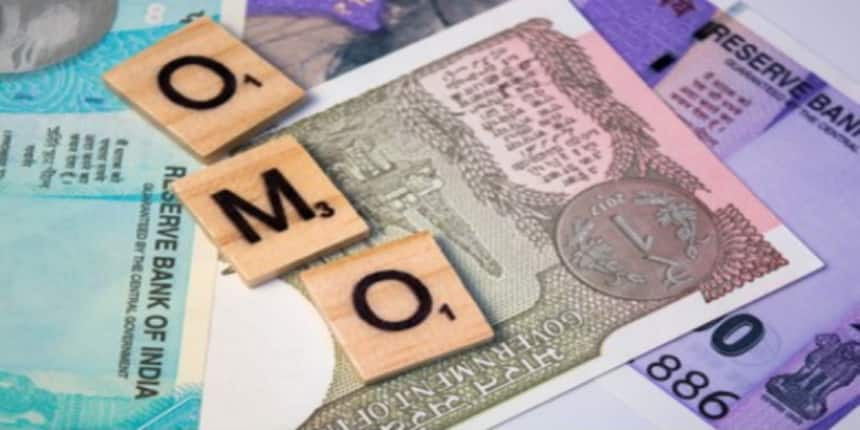OMO Full Form
What is the Full Form of OMO?
OMO stands for Open Market Operations, in macroeconomics it is a financial policy of buying or selling shares or money (Gsecs-Govt security) from other banks by the Reserve Bank of India or Central Bank. It helps to regulate liquidity in the economy.This is a policy by which the Central Bank or Reserve Bank of India will indirectly control the economy of the country by deciding the interest rates and regulate liquid money in the market.It is gaining much importance by the Economic reforms of 1991. OMO manages the fiscal policy of the country and controls inflation and deflation and prevent financial crisis.
- What is the Full Form of OMO?
- History of OMO
- Types of Open Market Operations
- Objectives of OMO
- Categories under OMO
- What is Gsecs and how is it issued?
- What is the treasury Bill?
- Advantages of OMO
- Disadvantages of OMO

History of OMO
The monetary policy tool OMO also called "Operation Twist" was first used by the US Federal Reserve in 1961 when the US economy was recovering from recession post the Korean War. It got its name from the Chubby Checker song and dance popular at the time.
Types of Open Market Operations
It is mainly of 2 types
Outright Purchase (PEMO)- PEMO is the permanent outright for selling and buying government securities.
REPO or Repurchase - It is a temporary agreement and involves the outright selling or buying of government securities.
Objectives of OMO
RBI will purchase shares to introduce liquidity to the market when the money is less and will sell shares when liquidity is more.
Categories under OMO
Open market operations are classified into four distinct categories:
Core refinancing operations –Refinancing allows a loan borrower to replace their current loan amount or debt by using more favorable terms. This is also called reverse transactions which are performed to provide liquidity and means to introduce money to the economy.
Longer-term refinancing operations – provide liquidity through reverse transactions, for a period of more than 3 years a bank can borrow funds from the central bank.
Fine-tuning operations of short-term liquidity fluctuations – primarily reverse transactions, also includes foreign-exchange swaps or collection of fixed-term deposits.
Structural operations – Done when structural changes in liquidity through reverse transactions.
What is Gsecs and how is it issued?
RBI has an agency called Public Debt Office (PDO) which acts as a registry and depository for Gsecs. In physical form, it is available as a Stock certificate and otherwise in electronic form or demat forms. RBI conducts an auction for the issuance of Government security.
What is the treasury Bill?
Treasury bills are released when the government needs to meet urgent financial needs.
It is done by the RBI under open market operations to regulate inflation levels and the borrowing and lending habits of individuals.
Advantages of OMO
To inject money directly into the market
To set interest rates high or low based on the target
Keep the inflation rate in check.
It helps in the release of money to the country's economy.
It is flexible and easily reversible.
Buying security Makes loans easier to obtain.
Disadvantages of OMO
Restrictions in dealings
Contradictions between bank rates.
Selling security makes loans more expensive.
Frequently Asked Questions (FAQs)
The Reserve Bank of India will sell its shares as Government securities to commercial banks and increase the liquidity in the economy by the policy of OMO.
Yes,OMO is good for the economy, when banks release liquidity it will reduce the interest rates by buying shares from other banks.
Open market[OMO] purchases increase the money supply, which makes money less valuable and reduces the interest rate in the money market.
Yes, OMO maintains liquidity in the economy.
RBI does not directly deal with the public but the -OMO is made available through commercial banks.
The Government securities market in India is dominated by commercial banks, insurance companies, financial institutions and provident funds, mutual funds, and NBFCs.This is controlled by OMO policy.